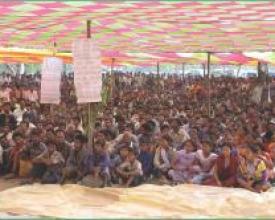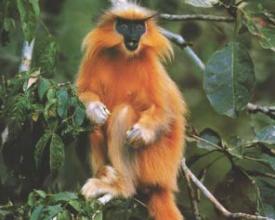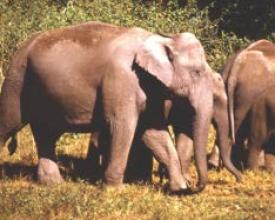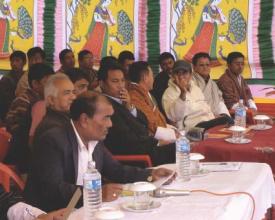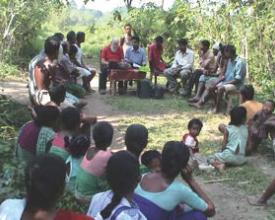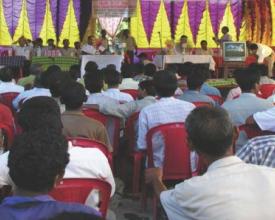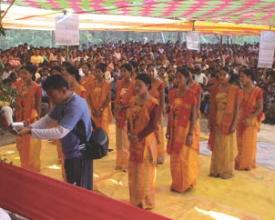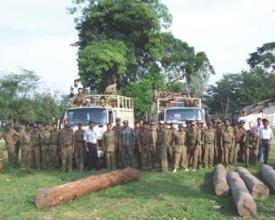Creating regional community protection for a Biosphere Reserve
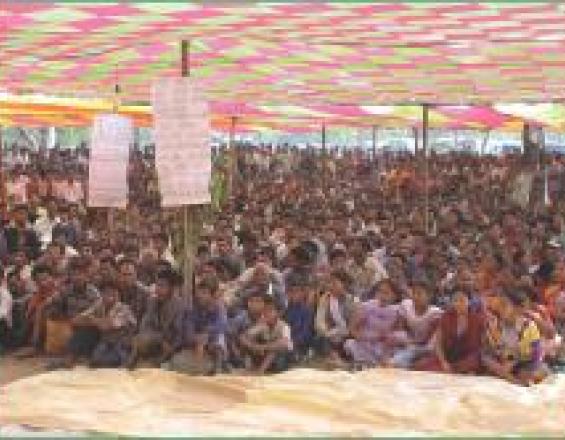
Creating community protection addressed the problem of major deforestation in Assam, India forests due to a complex political problem of militants threatening government forestry staff. Community meetings, seminars for communities, NGOs and government and Biosphere celebrations helped communities form groups and become strong conservationist partners to support the Assam government. When an accord was signed community groups worked with the new tribal government.
Context
Challenges addressed
Location
Process
Summary of the process
Building Blocks
Community meetings for species awareness and ask for help
Enabling factors
Lesson learned
Seminars for community and NGO members and government staff
Enabling factors
Lesson learned
Protected Area celebrations
Enabling factors
Lesson learned
Encouraging communities to form conservation groups
Enabling factors
Lesson learned
Helping community conservation groups to form a federation
Enabling factors
Lesson learned
Impacts
Following many community meetings, community-based organizations (CBOs) began to develop on their own to work with the project. They began to work on conservation actions and livelihood actions as we presented them with possibilities. In some cases they began to patrol areas and/or stop encroachers and confiscate illegal materials on their own cognizance. During the first Manas Biosphere celebration, the on-site communities showed resistance to anyone other than the on-site community organizing the celebrations, setting a precedent for local control over the following celebrations. Villager participation increased with each celebration from 5,000 to 8,000 to 20,000 to 35,000 participants. When the project negotiated for establishing a forest protection force under Green Forest Conservation (CBO) at Kachugaon with the new Bodoland Territorial Council in 2005, other community groups began patrolling their regions as volunteers. Later they were incorporated into the system. Finally, a complete census of the golden langurs showed an increase from 1500 langurs in 1999 to 5600 in 2009. Elephant and tiger surveys also showed population stability.
